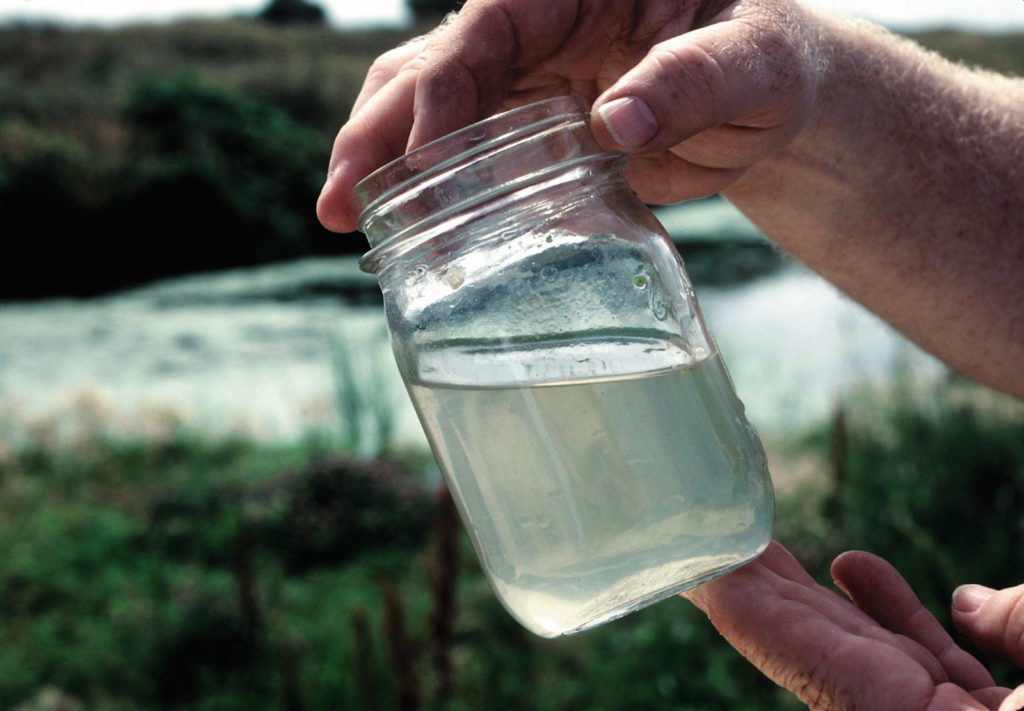
Anyone growing produce has probably heard by now that the first produce farms subject to FDA’s new regulations under the Food Safety Modernization Act will have to come into compliance in 2018. Compliance dates for farms are staggered based on size, with the largest farms coming into compliance in 2018, small farms in 2019, and very small farms coming last in 2020.
There is, however, one aspect of the new requirements for produce farms that does not follow these same compliance dates – the standard related to water used in agricultural production. For the water standard requirements, FDA had originally provided two additional years to come into compliance: 2020 for large farms, 2021 for small farms, and 2022 for very small farms.
(For more on what’s required under the Produce Safety Rule, the definitions of what constitutes a “small” and “very small” farm, and compliance dates, check out our Special Report “Understanding FDA’s FSMA Rule for Produce Farms”)
When FDA finalized the Produce Safety Rule, it was clear that the water standard was incredibly complicated and, in the view of the National Sustainable Agriculture Coalition (NSAC), did not adequately meet FSMA’s mandate for a food safety standard that was science- and risk-based. The standard was also not sufficiently flexible to work for farms of all types and sizes, a qualification for which NSAC had vigorously advocated be in place for all the FSMA rules.
Indeed, FDA has acknowledged that farmers face serious challenges in trying to follow the new water standard. NSAC applauded FDA’s willingness to address this problem earlier this year (March 2017), when they committed to revisiting the standards in an effort to simplify them. Since that time NSAC has continued to provide recommendations on revisions to the standard, as well as input from farmers affected by the standard.
In June of this year, FDA made another announcement stating that – as part of the process to revisit and simplify the water standards – they would be extending the compliance dates further for the water requirements. At the time, FDA stated:
- The FDA intends to extend the compliance dates using appropriate procedures at a later time and the length of the extension is under consideration.
- The FDA intends to use the extended time period to work with stakeholders as it considers the best approach to address their concerns while still protecting public health. The extended compliance dates will also give farms an opportunity to continue to review their practices, processes and procedures related to agricultural water and how it is used on their farms.
Simply put, FDA will (at some point in the not-too-distant-future) be releasing additional information that lays out a process that they will use to revisit the water standard. While we can only speculate about what that process will entail at this time, it is quite possible that FDA will provide another comment period to gather input on what changes should be made to simplify the standard. Meanwhile, FDA will also be further extending the compliance dates for the agriculture water standard. At this point, we don’t yet know how long that extension will be.
What Should I Be Doing on My farm?
At this time, no farmers are subject to the agricultural water provisions of the Produce Safety Rule. Even without the additional compliance period extension, all farms covered by the rules still have at least two additional years before the original compliance dates set in for the agricultural water standard. It is important to note that this extension does not apply to the special water standards for sprout growers, and that it ONLY applies to the agricultural water standards, not any other standards in the Produce Safety Rule.
Of course, farms still have an obligation to prevent against the introduction of contamination into the food supply, and that has bearing on the quality of the water that’s used in pre- and post-harvest operations. This extension only means that you do not have to follow the complicated water standard described in the Produce Safety Rule. Instead, farmers should continue to implement the best practices they have already been using regarding water quality on their operations; many farms are already following Good Agricultural Practices (GAPs) for their agricultural water. If you have conducted a risk assessment to determine the appropriate water sampling frequency to follow and are currently implementing that, you should continue. If you are currently certified to a particular food safety standard, continue to follow that standard’s requirements for water quality.
As we learn more about FDA’s plans for revisiting the water standard, we will share that information on our website and social media channels.

